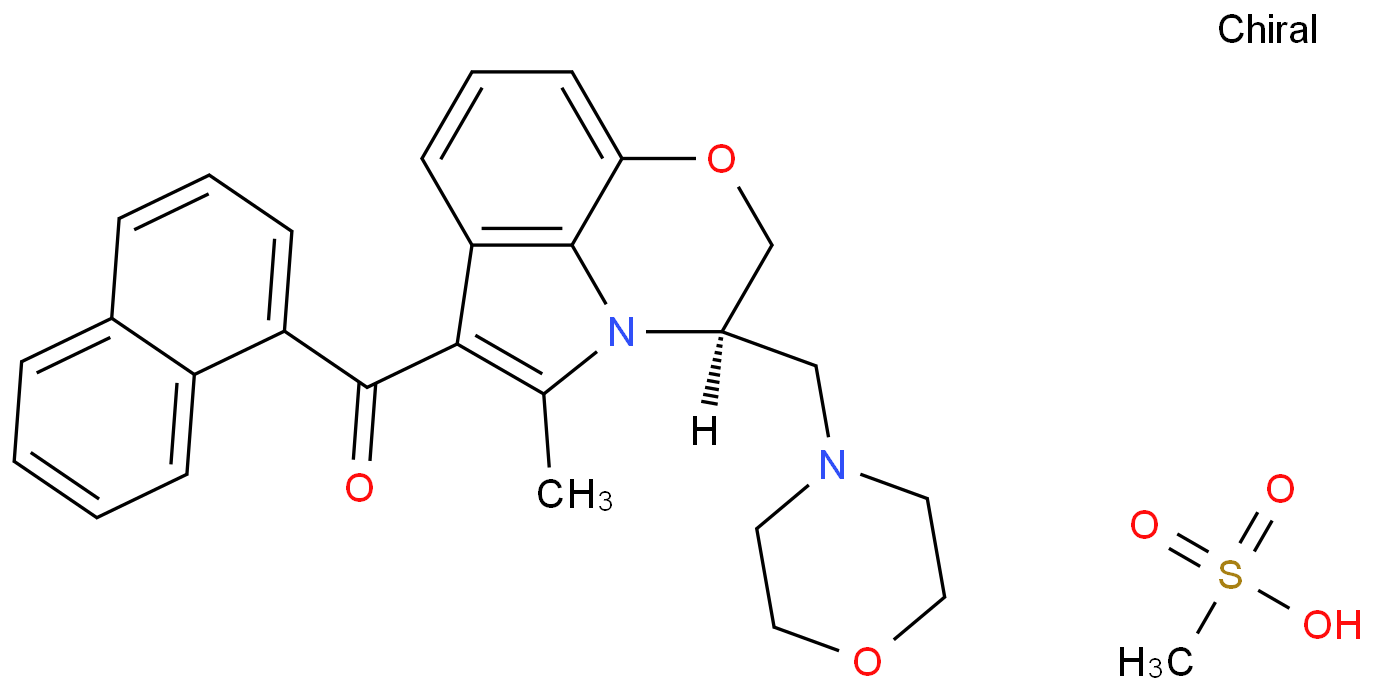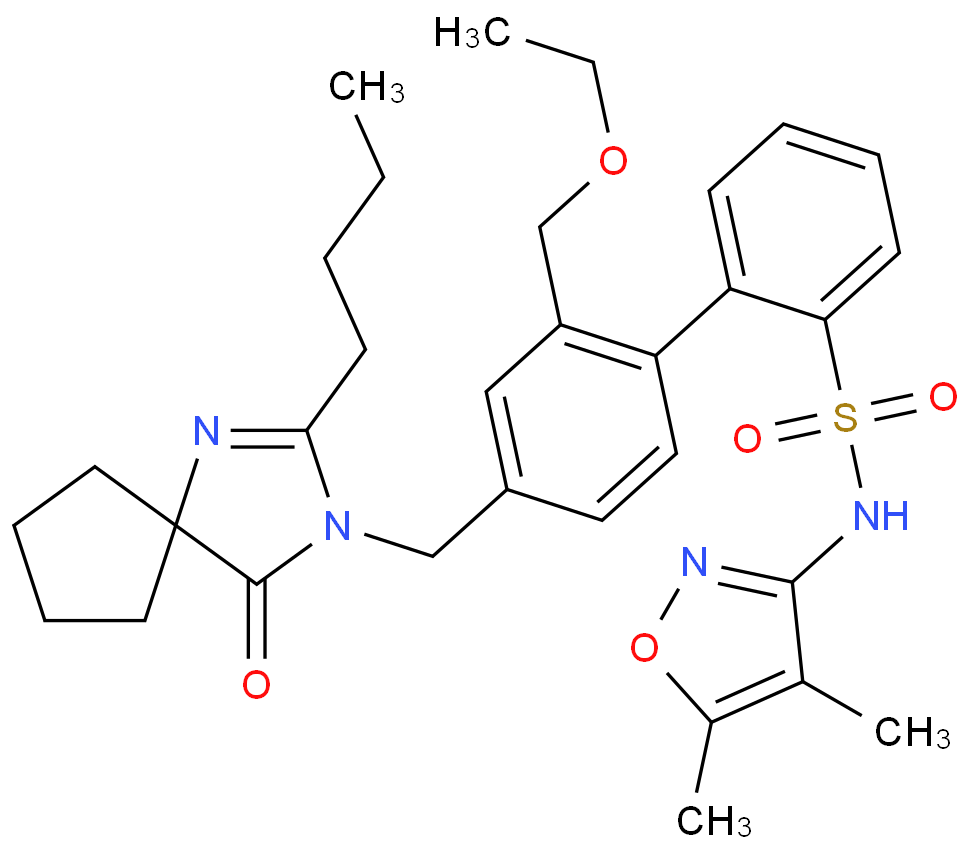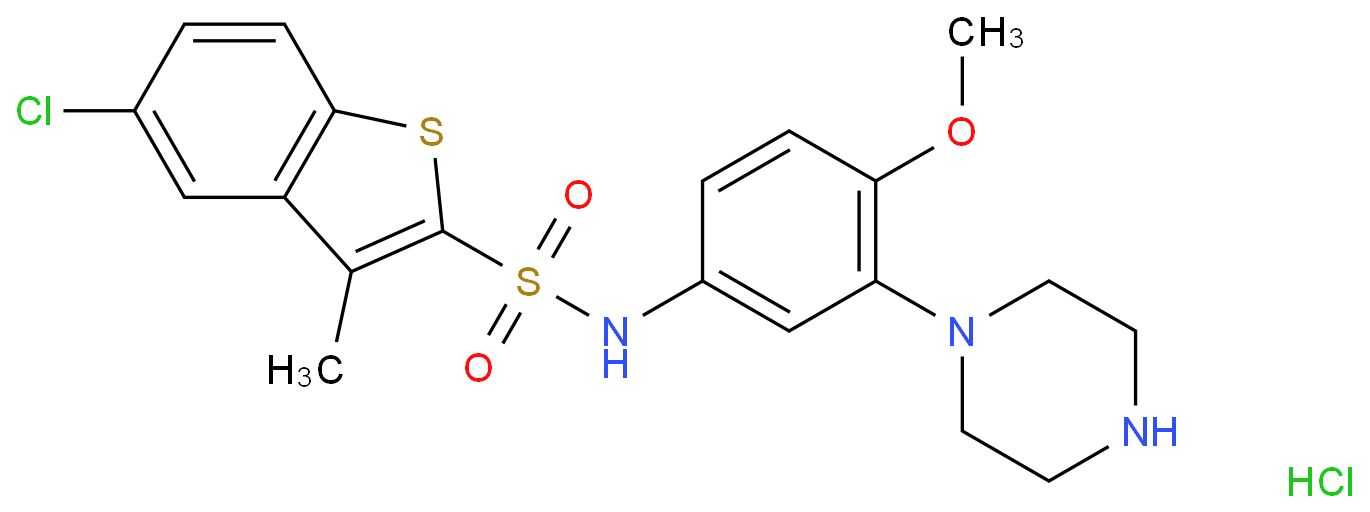
|
Golden Gate Assembly试剂盒(BsaI-HF® v2)
- 品牌:NEB
- 产地:美国
- 货号:E1601S
- cas:详询
- 发布日期: 2022-09-22
- 更新日期: 2024-08-12
产品详请
| 产地 | 美国 |
| 保存条件 | 2-8℃保存 |
| 品牌 | NEB |
| 货号 | E1601S |
| 用途 | 详询 |
| 检测方法 | 详询 |
| CAS编号 | 详询 |
| 保质期 | 一年 |
| 适应物种 | 详询 |
| 检测限 | 详询 |
| 数量 | 大量 |
| 包装规格 | 20 reactions |
| 标记物 | 详询 |
| 纯度 | 详询% |
| 样本 | 详询 |
| 应用 | 详询 |
| 是否进口 | 是 |
The efficient and seamless assembly of DNA fragments, commonly referred to as Golden Gate assembly, has its origins in 1996, when for the first time it was shown that multiple inserts could be assembled into a vector backbone using only the sequential or simultaneous activities of a single Type IIS restriction enzyme and T4 DNA Ligase.
Type IIS restriction enzymes bind to their recognition sites but cut the DNA downstream from that site at a positional, not sequence-specific, cut site. Thus, a single Type IIS restriction enzyme can be used to generate DNA fragments with unique overhangs. As an example, BsaI has a recognition site of GGTCTC(N1/ N5), where the GGTCTC represents the recognition/binding site, and the N1/ N5 indicates the cut site is one base downstream on the top strand, and five bases downstream on the bottom strand. Assembly of digested fragments proceeds through annealing of complementary four base overhangs on adjacent fragments. The digested fragments and the final assembly no longer contain Type IIS restriction enzyme recognition sites, so no further cutting is possible. The assembly product accumulates with time.
While particularly useful for multi-fragment assemblies such as Transcription Activator Like Effectors (TALEs)and TALEs fused to a FokI nuclease catalytic domain (TALENs), the Golden Gate method can also be used for cloning of single inserts and inserts from diverse populations that enable library creation.
Type IIS restriction enzymes bind to their recognition sites but cut the DNA downstream from that site at a positional, not sequence-specific, cut site. Thus, a single Type IIS restriction enzyme can be used to generate DNA fragments with unique overhangs. As an example, BsaI has a recognition site of GGTCTC(N1/ N5), where the GGTCTC represents the recognition/binding site, and the N1/ N5 indicates the cut site is one base downstream on the top strand, and five bases downstream on the bottom strand. Assembly of digested fragments proceeds through annealing of complementary four base overhangs on adjacent fragments. The digested fragments and the final assembly no longer contain Type IIS restriction enzyme recognition sites, so no further cutting is possible. The assembly product accumulates with time.
While particularly useful for multi-fragment assemblies such as Transcription Activator Like Effectors (TALEs)and TALEs fused to a FokI nuclease catalytic domain (TALENs), the Golden Gate method can also be used for cloning of single inserts and inserts from diverse populations that enable library creation.




